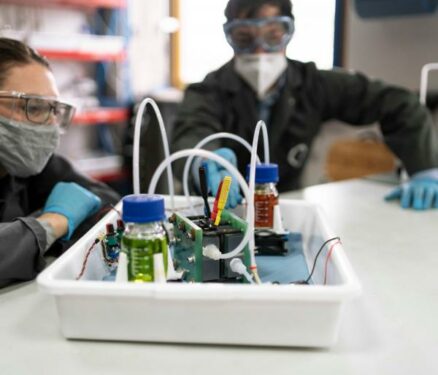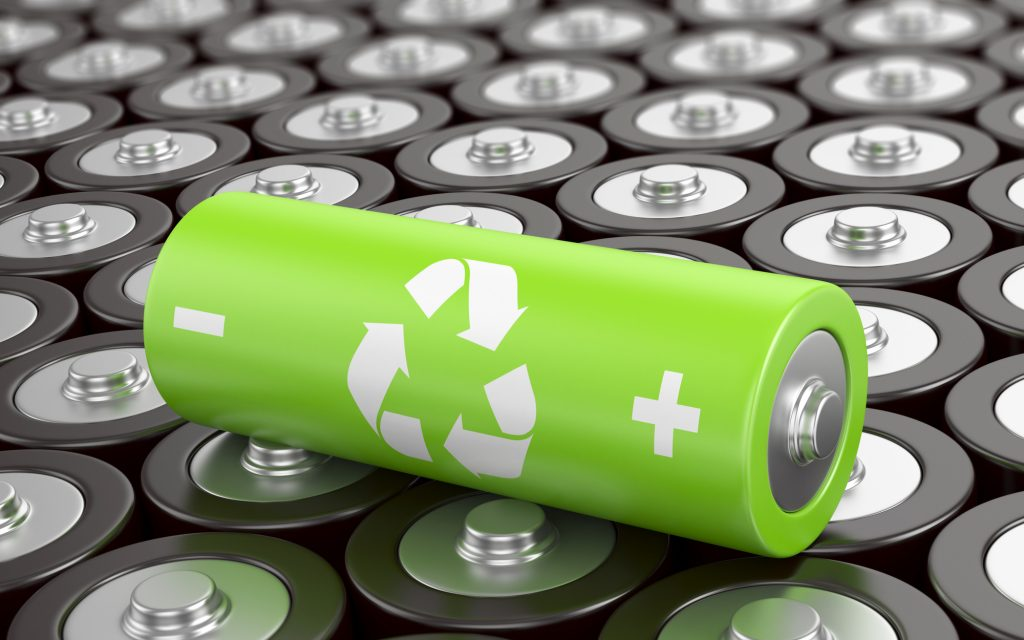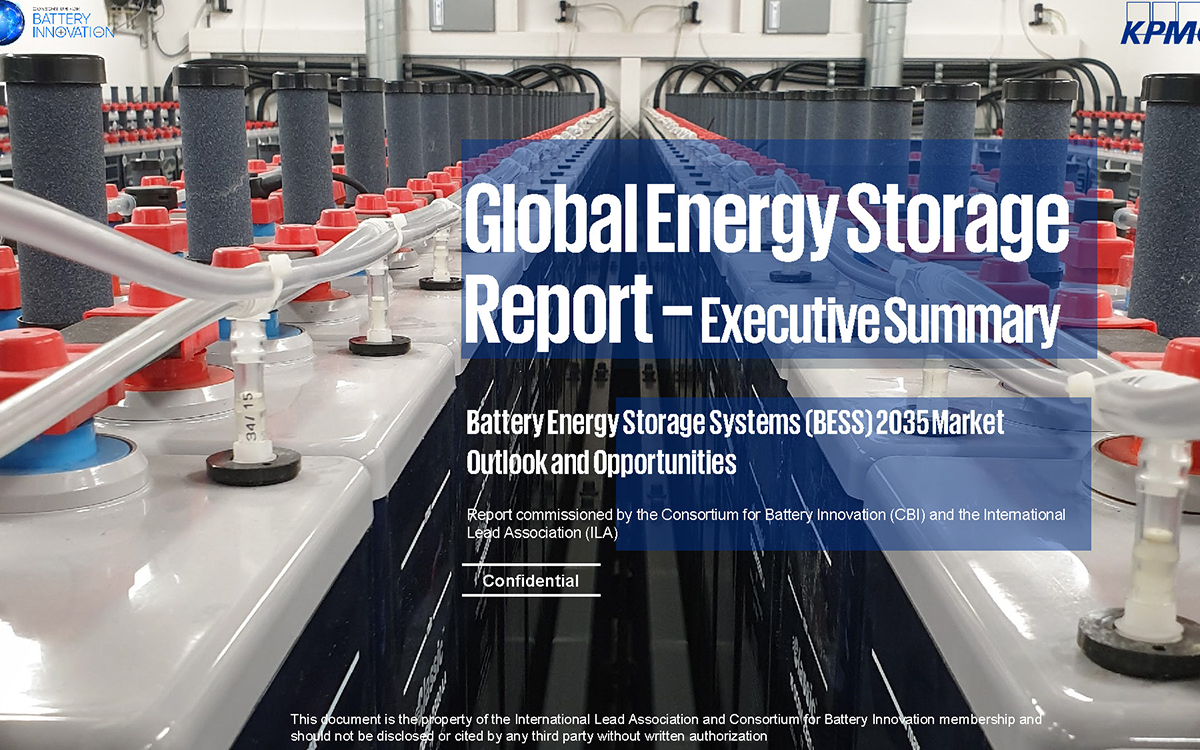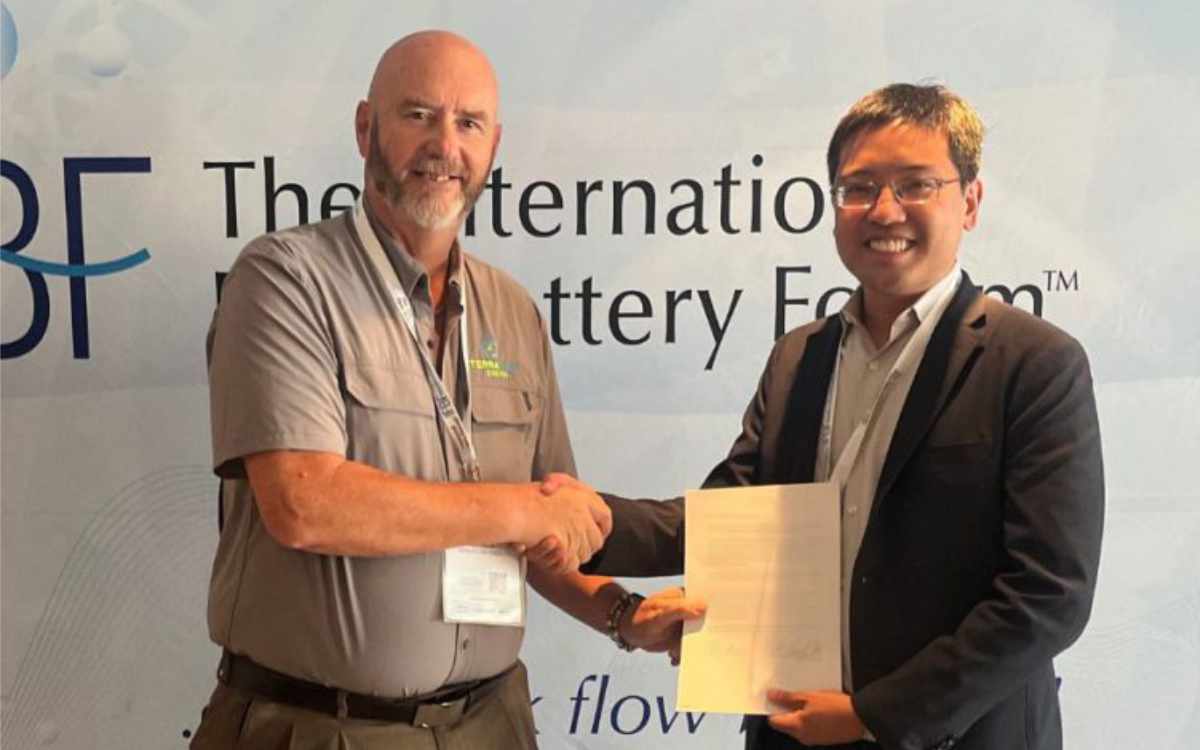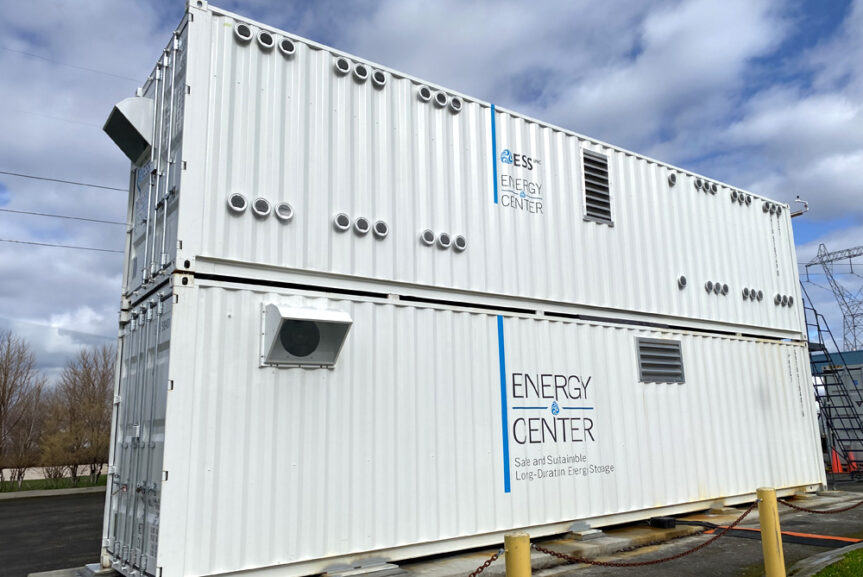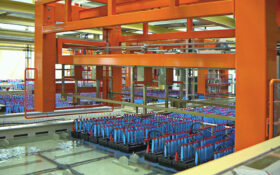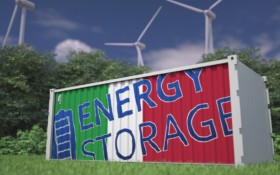Greentech company VoltStorage has launched a research project with Germany’s Landshut University of Applied Sciences to develop a residential-scale iron redox flow (IRF) storage system that is compatible with renewable power sources.
The project to develop a system with an 8kWh capacity runs until February 2022 and will receive funding from the German Federal Ministry of Economics and Technology.
Munich, Germany-based VoltStorage’s target is to achieve levelised cost of storage of 0,05 €/kWh.
The second phase of the project— to develop a 50kWh storage unit for industrial and commercial applications— is scheduled for completion by the end of 2022.
VoltStorage’s CEO Jakob Bitner said: “IRF is a key technology for the energy storage industry because the materials used to produce the battery units are environmentally friendly, very low-cost and globally available.
“One of our company’s foremost goals is, therefore, to develop a market-ready energy storage system based on IRF technology.”
An IRF energy storage system is made up of two battery half-cells separated by a membrane, through which an iron chloride enriched electrolyte liquid is pumped in independent cycles.
When the battery is charged or discharged, ions and electrons are transferred between the two half-cells, storing, or releasing energy in the electrolyte.
In an uncharged state, both cells have identical oxidation states; charging leads to reducing the electrolyte in one half-cell and oxidising electrolyte in the other. In the negatively charged half-cell, the iron in the electrolyte is deposited on the electrode. The battery capacity is dependent on the iron deposition: an increasing amount of iron deposition leads to a higher capacity.

